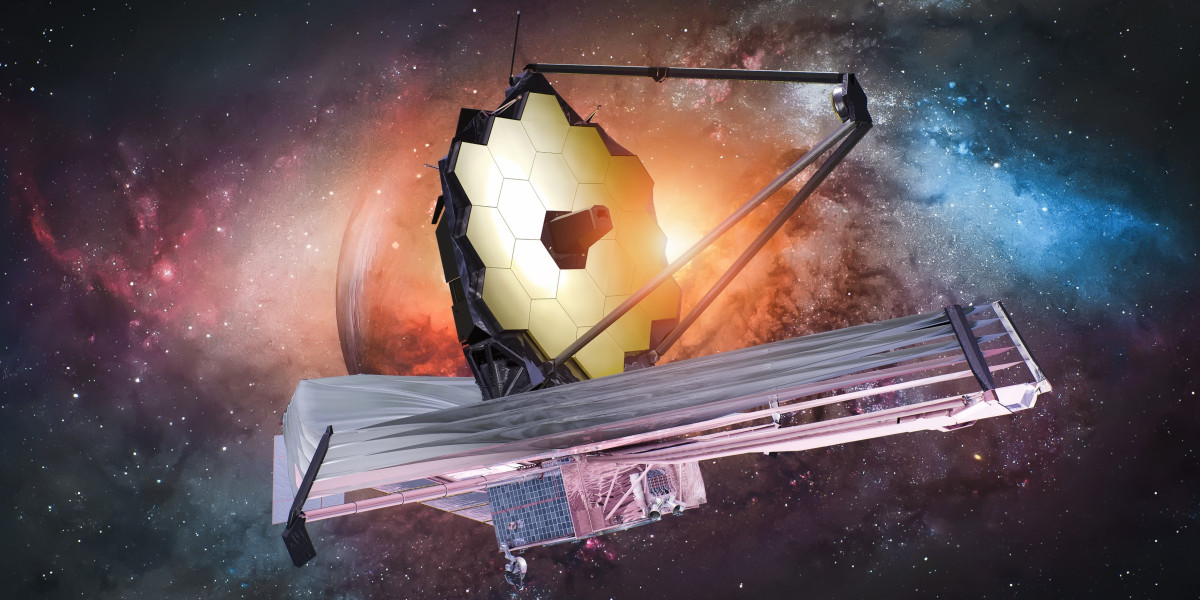The James Webb Telescope
The James Webb Space Telescope is a space observatory that is set to be launched into space in October 2021. It is the successor to the Hubble Space Telescope and is designed to be the most powerful observatory ever built.
Overview of the James Webb Telescope
The James Webb Telescope is a collaborative project between NASA, the European Space Agency (ESA), and the Canadian Space Agency (CSA). The telescope is named after James E. Webb, who served as the administrator of NASA from 1961 to 1968.
The telescope is designed to operate primarily in the infrared range, which will allow it to observe the formation of galaxies, stars, and planetary systems. It is also equipped with a range of other instruments that will allow it to study the composition of exoplanets, the early Universe, and the atmospheres of distant planets in our solar system.
Key Capabilities of the James Webb Telescope
The James Webb Telescope has several key capabilities that make it a unique and powerful observatory. These include:
- Large Mirror: The telescope has a mirror that is over 6 meters in diameter, which will allow it to capture more light than any previous space observatory.
- Advanced Cooling System: To avoid interference from the heat generated by its instruments, the telescope is equipped with a cooling system that will keep its mirrors and detectors at extremely low temperatures (-233°C).
- Multi-Object Spectrograph: The telescope is equipped with a spectrograph that can observe up to 100 objects simultaneously, allowing it to study multiple stars and galaxies simultaneously.
- Near-Infrared Camera: The camera on the telescope can capture images in the near-infrared range, which is important for studying the formation of stars and galaxies.
- Near-Infrared Spectrograph: The spectrograph on the telescope can analyze the chemical composition of objects in the near-infrared range, allowing it to study the atmospheres of exoplanets and other celestial bodies.
The Importance of the James Webb Telescope
The James Webb Telescope is an extremely important observatory because it will be able to observe objects that are too faint or too distant for the Hubble Space Telescope to see. It will also be able to study the earliest galaxies in the Universe and help us to understand how they formed and evolved. Additionally, it will be able to search for signs of life on exoplanets by analyzing their atmospheres.
The telescope is also important because it represents a major technological advancement for space observatories. Its large mirror, advanced cooling system, and cutting-edge instruments will allow astronomers to uncover new insights into the Universe.
Conclusion
The James Webb Telescope is a groundbreaking observatory that will revolutionize our understanding of the Universe. Its advanced technology and unique capabilities will allow us to study the earliest galaxies, search for signs of life on exoplanets, and explore the Universe in ways that were previously impossible. We can't wait to see the incredible discoveries that this telescope will make.



